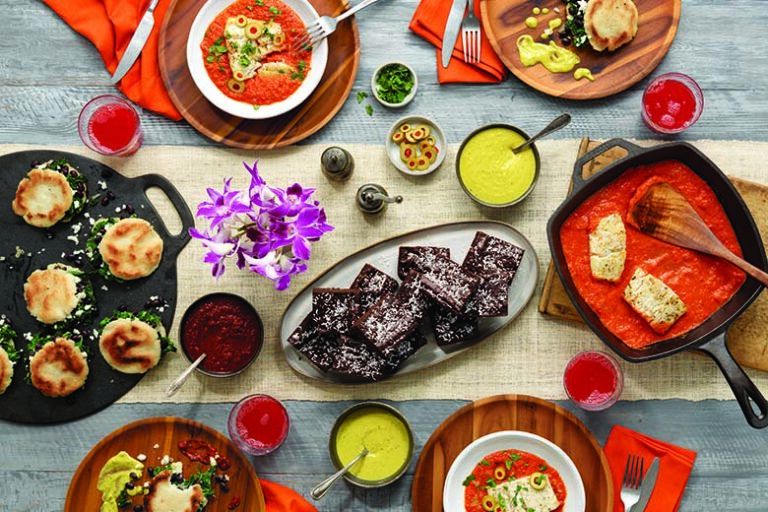Introduction: Arepas in Venezuelan Culture and Cuisine
Arepas are a type of flatbread made from corn flour that hold a significant place in Venezuelan culture and cuisine. These arepas are versatile and can be filled with a variety of ingredients such as cheese, meat, fish, and vegetables. They are a staple food in Venezuela and are enjoyed by people of all ages.
Historical and Cultural Roots of Arepas
The origin of arepas can be traced back to the indigenous tribes of Venezuela who used to make a type of flatbread from cornmeal. The Spanish colonizers who arrived in Venezuela in the 16th century also adopted the use of cornmeal and began making their version of arepas. Over time, the recipe evolved, and arepas became a popular food item in Venezuela. Today, arepas are a symbol of the country’s cultural identity and are an essential part of festivals and celebrations.
The Role of Arepas in Venezuelan Cuisine
Arepas are a versatile food item that can be eaten at any time of the day. In Venezuela, arepas are commonly eaten for breakfast, lunch, and dinner. They are often filled with cheese, meat, avocado, or beans and served with a side of salad or soup. Arepas are also popular street food and can be found in food trucks, markets, and restaurants across the country. Venezuelans love arepas so much that they even celebrate National Arepa Day every year on September 8th.
Arepas: A Staple Food in Venezuela
Arepas are a staple food in Venezuela and are a significant part of the country’s cuisine. They are affordable, easy to make, and can be prepared with a range of ingredients. In Venezuela, arepas are considered a comfort food, and many people have fond memories of eating them with their families. Arepas are also a portable food item and are popular with people who need a quick and filling meal on the go.
Preparing and Serving Arepas
Arepas are an easy food item to prepare. The cornmeal dough is mixed with water and salt and then shaped into small discs. The arepas are then cooked on a griddle, in an oven, or even on a barbecue. Once cooked, arepas can be filled with a variety of ingredients and served hot or cold. In Venezuela, arepas are often served with a side of salad, soup, or a hot beverage.
Conclusion: The Symbolism of Arepas in Venezuelan Identity
Arepas are more than just a food item in Venezuela; they are a symbol of the country’s cultural identity. They represent the history of the indigenous people and the influence of Spanish colonization. Arepas are also a testament to the resilience of the Venezuelan people who have had to endure economic and political challenges in recent years. For Venezuelans, arepas are more than just a meal; they are a source of pride and a symbol of their national identity.

